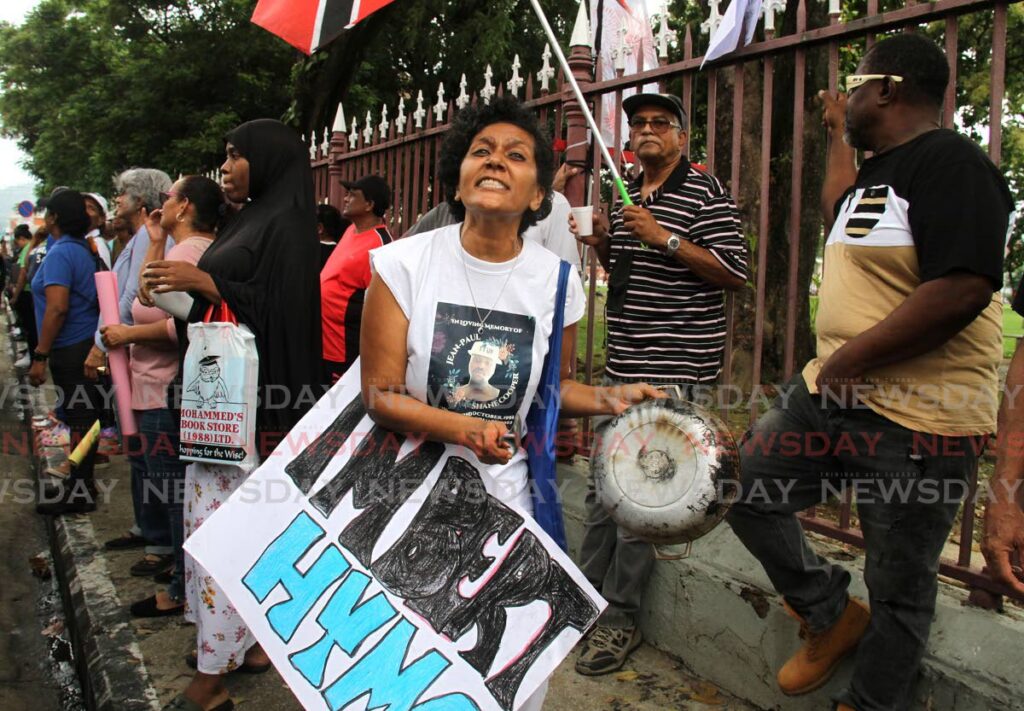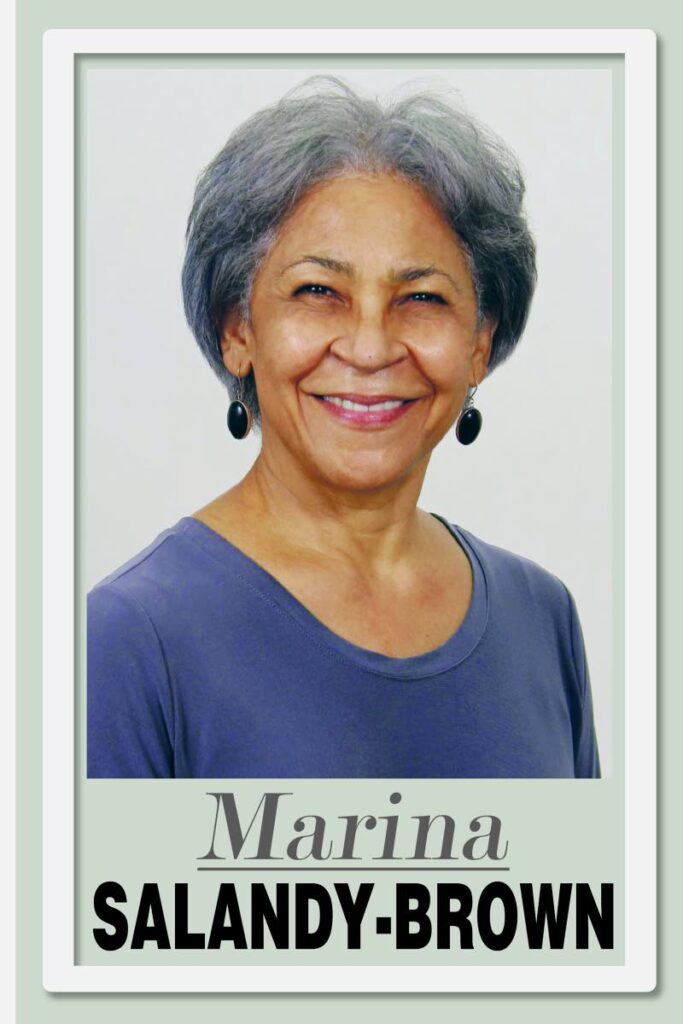The nature of activism

Being described as a ‘cultural activist’ on the page did not stir my thoughts, but it was different when I heard the label spoken aloud in a large hall. As the evening’s officialdom continued, I wondered how that designation had come about and what it means to be an activist.
The citizen-based, community work of the one and only Hazel Brown came to mind immediately. The pages of this newspaper have teemed with homages to her from a wide array of individuals in many areas of endeavour, after her recent demise. They all agreed that the depth and breadth of her interceding for a better society was as remarkable as it was personal. One wonders how, with such a long list of political and social ills to put right over an entire lifetime, did she make the space to get under the skin of umpteen individuals. Her strategic vision and undying passion were probably key factors, as well as her boundless honesty and generosity.
The very first time we met, she encouraged me to continue advocating for our society to recognise its wide cultural heritage. She had ideas about how I should further target my literary-development activities and the quality of the impact they could have. Her radar was always on full alert and she understood the value of joined-up thinking, something we tend to ignore.
Her primary focus was women’s rights, but women are integral to a society’s fabric and wellbeing and her activism therefore reached into all sectors of society.
When we think of other well-known activists, Nazma Muller might leap out for her rebellious brand of advocacy – she is a longstanding and unapologetic champion for a change in our laws on the use and possession of marijuana in our country. The English suffragettes, like Nazma, put themselves in the frontline against the forces of law and order in the fight for women’s voting rights, back at the start of the 1900s.

In a similar vein, Wayne Kublalsingh has also relentlessly pitted his very person against the state and its various organs in order to safeguard rights and to protest against abominations few of us recognise or care about.
But not all activism grabs the headlines in highlighting the need for change. Incipient, reforming activists like Living Water co-founder Rhonda Maingot and Paula Lucie-Smith of ALTA, UWI professors Rhoda Reddock and Patricia Mohammed constitute another brand of activism. They have all dedicated themselves to long-sustained activism around single-focus issues such as women’s rights in the case of the two academics. They promoted gender studies at UWI, establishing an institute for gender studies (IGDS) and bred a new generation of feminist activists, including fellow columnist Gabrielle Hosein.
Lucie-Smith linked illiteracy and poverty, while Maingot tackled economic and spiritual poverty and inequity.
The strategic work of these women continues to achieve structural change and have a wide-reaching impact.
Other activists are unobtrusive change agents, insinuating themselves into the grooves where change is needed, such as the founders of Banyan, the film collective that shook up television production and left an indelible mark on the creative sector in TT just by getting on with doing things differently. In the process, Christopher Laird, Bruce Paddington and Tony Hall gathered, over three decades, an extensive archive containing thousands of hours of original, unique video recordings that are a national asset and need to be secured for the people of TT.
It is no surprise that Mark Loquan, the president of NGC, announced at the 2022 TT Film Festival last week that the National Gas Company will attempt to purchase the Banyan archives and make them available for everyone.
Loquan is himself a pioneering cultural activist who quietly focused on developing pan music and players through his own musical compositions, collaborations, and his work in founding the non-profit Music Literacy Trust. Our pan music is linked to the throwaway mentality of Carnival, but, recognising that these original compositions are our heritage, the trust had them scored to preserve a body of work for our people.
Archiving our cultural assets and having Trinbagonians value them is ongoing work. It starts with teaching, which leads to the role of our most important academic institution, UWI and its valuable Alma Jordan Library. Hazel Brown’s Network of NGOs documents were donated to the library to be housed in a special collection in the West Indiana section.
The West Indiana’s store of unpublished papers and general resources are among our most precious assets, contributing to the UWI’s attractiveness as a unique centre for research and its overall international star rating. Yet its budget has been radically slashed as part of the government’s continual general subsidies reduction. Maintaining the library’s reputation and usefulness would be difficult, although it has the potential to drive much-needed university revenue.
This is an occasion when thousands of UWI graduates could join the league of quiet activists by deciding to support the library so that it could maintain its profile and serve current and future students.
After all, what all activists have in common is the desire to make things better for all, and that includes perfectly ordinary citizens.


Comments
"The nature of activism"